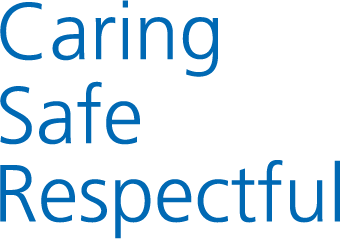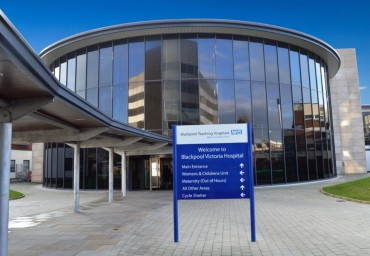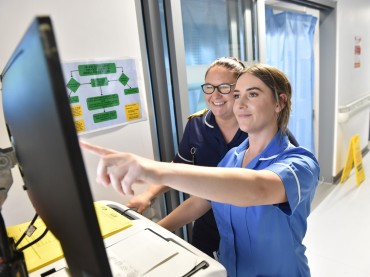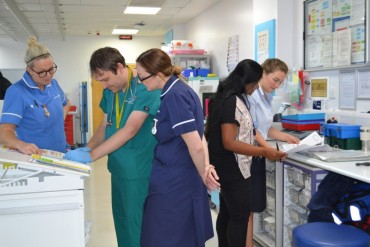Publish date: 16 May 2023
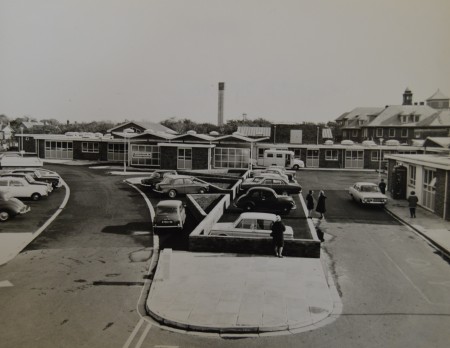
and rehab building at the Vic
The NHS was wildly more successful in the first year of operation than even its biggest champions could have dreamed.
So, perhaps unsurprisingly, Blackpool ambulances had their busiest month ever following the service’s launch on 5 July 1948.
The Evening Gazette reported on 7 August that the six ambulances and one car made 756 journeys compared with 562 for June, covering 5,619 miles.
“One hundred and sixty-nine were accidents, 474 removals for sickness and 113 maternity cases … there were 25 journeys with sitting patients – people who were attending the Victoria Hospital for massage and electrical treatment,” recorded the front page report.
Today, the North West Ambulance Service responds to more than one million emergency incidents annually across the region and makes 1.3m patient transport journeys for people who require non-emergency transport to and from healthcare appointments.
The public’s embrace of the new free-at-the-point-of-care service took the Government by surprise. Demand for dental and eye care was especially high. Within the first year, the NHS was also supplying 4,000 deaf aids a month with the number forecast to at least double.
Minster of Health Aneurin Bevan told his colleagues in Cabinet in May 1949: “The fact is that the genuine need for these services was, and is, much greater than anyone knew, both the accumulated need of the past and the current need from day to day. This is not a ‘luxury’ demand like the rush for sweets; people do not apply for spectacles—still less visit the dentist or the hospital—unless they really think they need help.”
Of course, this all came at a price. By the end of 1948, the cost of the new NHS was more than double the predicted budget of £176m, reaching around £400m.
